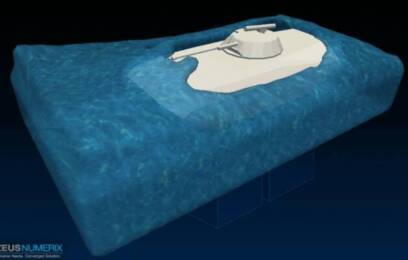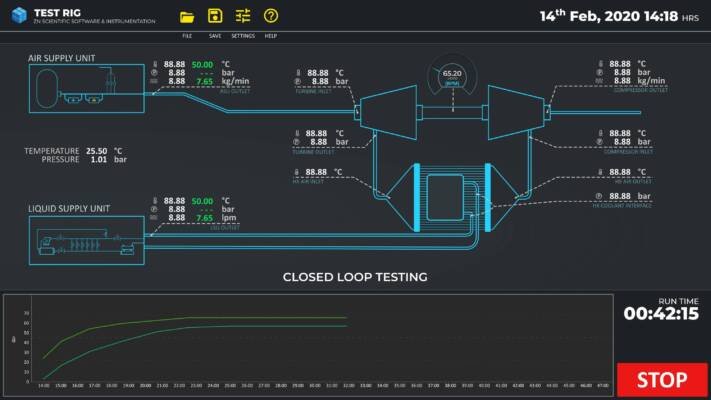
Why do we need transformation
The assassination of Iranian scientist using a satellite-controlled gun is straight out of the bond movies of yesteryears. In not-so-distant past there were several groups working in their respective areas of defence. The gun designers working on metallurgy and mechanisms. Counter-intelligence on what today may not seem hi-tech electronics and gadgets. Scientists working on satellite communication and very few engineers on image processing. So, what does the assassination teaches us in terms of technology – all the separate areas that I mentioned above are now one single unit if we wish to make that gun succeed in targeted operations.
What I wish to emphasise in the article is that when we calculate the tooth to tail ratio in the army, please count that bespectacled, not so fit programmer or scientist as tooth and not tail. Scientific prowess is equal to physical prowess in war. At the root of all this is that humble software which you do not see and whose importance is often understated.
Even if we understand the importance, we get caught up in buzzwords, the current one in vogue being artificial intelligence. So, let us talk about the different forms of software and how they are useful.
Software is Everywhere
Software starts its journey from the time of weapon design, accompanies through weapon testing. Software is an important part if the weapon or associated sub-system is even marginally smart for ensuring desired performance. There are training tools that are based on software and finally all electronics require some software for integration. All the modern forces are getting networked so there is software in communication, data transfer and visualisation, decision making etc. The list is endless and what may baffle an untrained eye is the variation of applications for software. It would naturally feel we any an army separately for software engineers.
Simple Explanation
The idea that all these are complex and expensive or are available for buying makes us inactive. Let us understand all the software by example of firing an artillery gun. The gun fired due to combustion of propellant. That causes the pressure to rise in the barrel, shell is pushed out of the barrel and then it flies and fall at a certain place. This entire ‘firing’ can be done on a computer. A specialised fluid dynamic software could have estimated the peak pressure created by propellant and the pressure vs. time curve. A dynamics code coupled with side slapping estimate code would have foretold the travel pattern of shell inside a barrel and the muzzle velocity. A fully functional dynamics software developed would have estimated the trajectory and finally code can be developed to calculate the lethality of the shell.
Coming on to the gun side – shell exit from the barrel would lead to estimation of stresses on recoil system and breech. This load would in turn transfer to undercarriage. Any excessive load will lead to structural failure. For brevity we stop giving more examples here but what we see is that we have designed the entire gun on a computer without cutting even an ounce of metal. Now we are out of realm of design.

Performance software for this gun mainly will be the fire control computer (digital range tables) that can be coupled with the automated gun laying system. The same software that is used for design can also be used for making simulator for training. The effect of shock and vibration can be given based on mathematical calculations that may have been done during design.
Finally, if the gun is part of network centric warfare, the operational commander will be situationally aware as will be the planners in HQ. The entire system will function as one unit and fight effectively. Finally, not to leave behind AI in this – software can be programmed that can read ISAR (Radar) images and identify the target. Using motion analysis algorithms, the future location of moving enemy threats can be predicted with certain accuracy. Software will even suggest actions to be taken.
Changing Paradigm
The previous era of innovation happened by changing manual to automatic. Now the innovation is changing from automatic to autonomous. To adapt to this change, we need to stop thinking in silos of our own. We will need a comprehensive software policy covering the aspects I mentioned and many more which I may not know. Decision number one is remarkably simple – we will not import software, become Atmanirbhar. As a nation we are excellent in software development. Any software bought (be it for design, performance, networking, or training) cripples our ability to design and control our weapon system. This is one area where large labs are not required, only good manpower.
We cannot predict where the innovation will come from and hence in the national software policy we will encourage innovation at any level. Sometimes the required innovation will come from a dingy start-up working on something apparently very different. The idea that a big company or facility is required to produce something meaningful will have to go. We need one software czar at the top who will direct and redirect energies and come up with problem statements to be solved.
AI/ML the Holy Grail
AL/ML has become the holy grail for various problems that needs a smart approach. Whether it is for data structuring, target identification, situational awareness, electronic warfare or other such problems, AL/ML are the first solution the end users think of. We will require experts who can warn us about the pitfalls of this new technology or sometimes overuse when it is not required. It is important to bridge the lead that many nations have taken on AI/ML. The software czar must give special focus on AI. No doubts about it.
In Conclusion
The thought process at planning level is changing rapidly. In almost all discourses we hear about networked forces, simulations, simulators and above all AI. Creating an ecosystem of qualified manpower will mean not creating a big policy document. It just requires continuous scouting, vision, mission, and small funding (compared to traditional R&D). Use existing channels for quick and reusable product development. We have not yet missed the bus on these technologies, but we need to start now.
–The writer is Vice President, Strategic Partnership, Zeus Numerix Pvt Ltd. He was one of the 10 innovators to meet then US Defense Secretary, and is also a Winner of Lockheed Martin Innovation Award besides various other awards. Views expressed are personal and do not necessarily reflect the views of Raksha Anirveda








